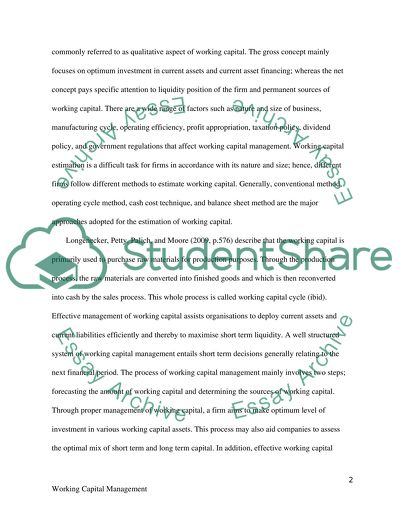Cite this document
(“Working capital management Essay Example | Topics and Well Written Essays - 1750 words”, n.d.)
Retrieved from https://studentshare.org/macro-microeconomics/1393344-financial-management
Retrieved from https://studentshare.org/macro-microeconomics/1393344-financial-management
(Working Capital Management Essay Example | Topics and Well Written Essays - 1750 Words)
https://studentshare.org/macro-microeconomics/1393344-financial-management.
https://studentshare.org/macro-microeconomics/1393344-financial-management.
“Working Capital Management Essay Example | Topics and Well Written Essays - 1750 Words”, n.d. https://studentshare.org/macro-microeconomics/1393344-financial-management.


